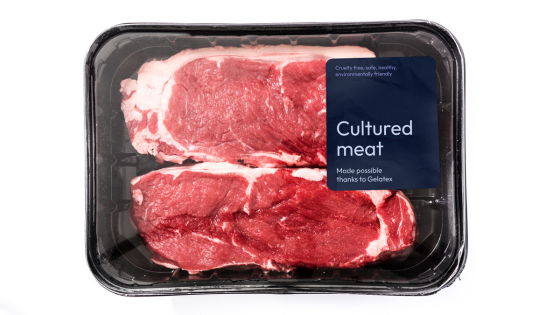An Introduction to Cultivated Meat: Navigating the Bottlenecks, Opportunities, and Threats
Introduction
When I describe my profession, many find it otherworldly at first glance. In essence, I work with a startup that specializes in high-end microfibrous scaffolding for the cultivated meat industry. However, this often feels alien to those unfamiliar with the world of alternative proteins and innovative food solutions. The language we use, drawing parallels with farming and agriculture, yet discussing meat, can seem paradoxical. And the more I elaborate, the stranger it appears. Behind these conversations lies a stark reality: traditional agriculture and livestock farming play significant roles in environmental degradation. For instance, livestock production contributes roughly 15% to global greenhouse gas emissions, utilizes 30% of Earth's land, and accounts for a staggering 70% of the world's antibiotic consumption, fueling antibiotic resistance.
In the midst of these challenges, cultivated meat emerges as a beacon of innovation. At its core, cultivated meat is real meat, but it's grown outside an animal's body. Picture this: scientists start with a small sample of stem cells taken from a living animal, ensuring no harm comes to it. These cells, remarkable in their potential to grow and multiply, are placed in a nurturing environment called a bioreactor. Here, they are bathed in a cocktail of vital nutrients, mimicking the conditions inside an animal's body. The mixture of amino acids, glucose, vitamins, and minerals, alongside growth-promoting factors, helps the cells flourish and divide.
But cells alone don't make meat. As the magic continues, these cells are guided, much like an artist shapes clay, to evolve into the muscle, fat, and connective tissues we recognize as meat. The use of scaffolding structures further aids in giving the meat its recognizable texture and form. After nurturing this growth for a few weeks, the outcome is genuine meat, ready to be harvested, processed, and served on our plates. Imagine a world where your steak or chicken breast is cultivated with precision, offering an environmentally friendlier and potentially healthier alternative. And this isn't just limited to meat; the possibilities extend to milk and other animal products.
Cultivated meat brings numerous potential advantages, from taste and health to sustainability. Before delving into these, let's first set the stage by addressing a key concern: public awareness and understanding of cultivated meat. As we venture into this innovative territory, the need for transparency, education, and clarity becomes paramount

Awareness
People are increasingly conscious about what they consume. Hence, communicating the science behind cultivated meat transparently and accessibly is crucial. While scientific jargon can alienate potential consumers, clear explanations can demystify and promote acceptance. Terms like "stem cells," "bioreactors," and "cell banks" might be intimidating for the average consumer. However, the careful communication of the technology's sophistication can emphasize its environmental and health advantages, such as the absence of antibiotics and potential zoonotic diseases.
Companies can't shoulder the responsibility of public education alone, given the variance in end products and business approaches. Non-profit organizations (NPOs) play a vital role in this education. Leading the charge are institutions like The Good Food Institute and New Harvest. At a regional level, organizations like Cellular Agriculture Greece provide valuable resources for both companies and the general public. Unified, these entities can drive a cohesive industry narrative.
Challenges
Time is a luxury for many startups in the cultivated meat industry. With investor enthusiasm slowing down, challenges amplify. To understand these hurdles, consider the journey to commercialization. There are:
- R&D Activities: Direct product development.
- Regulatory Activities: Decisions about product regulation.
- Commercial Activities: Establishing distribution networks and product positioning.
Of these, R&D poses the most uncertainties. Breaking down R&D, we find:
- Biological Challenges: These include tissue engineering, cell culturing, primary cell biopsies, and cell differentiation protocols. Collaboration or outsourcing to specialist companies can alleviate some challenges. For example, at our company, we've helped partners optimize their products using our scaffolding solutions, which have enhanced both nutritional and organoleptic profiles.
- Engineering Challenges: Pertaining mainly to bioreactor system development. Collaborations, especially with pharmaceutical companies, can offer expertise and solutions. Companies like ARK biotech have dedicated their efforts to providing solutions for this part of the process.
- Sensory Aspects: The product's taste, texture, smell, and appearance are paramount. This phase can be complex due to individual preferences affected by genetics, geography, and climate. Incorporating AI solutions can expedite R&D processes, making them cost-effective and efficient. A prime example is the US-based Proxy Foods, which offers such a platform.
In conclusion, while cultivated meat presents a promising alternative to traditional meat production, understanding and navigating its challenges are essential for its success and mainstream acceptance.
Polish translation: Mięso hodowlane: Wyzwania, Perspektywy i Ryzyka – Wprowadzenie














